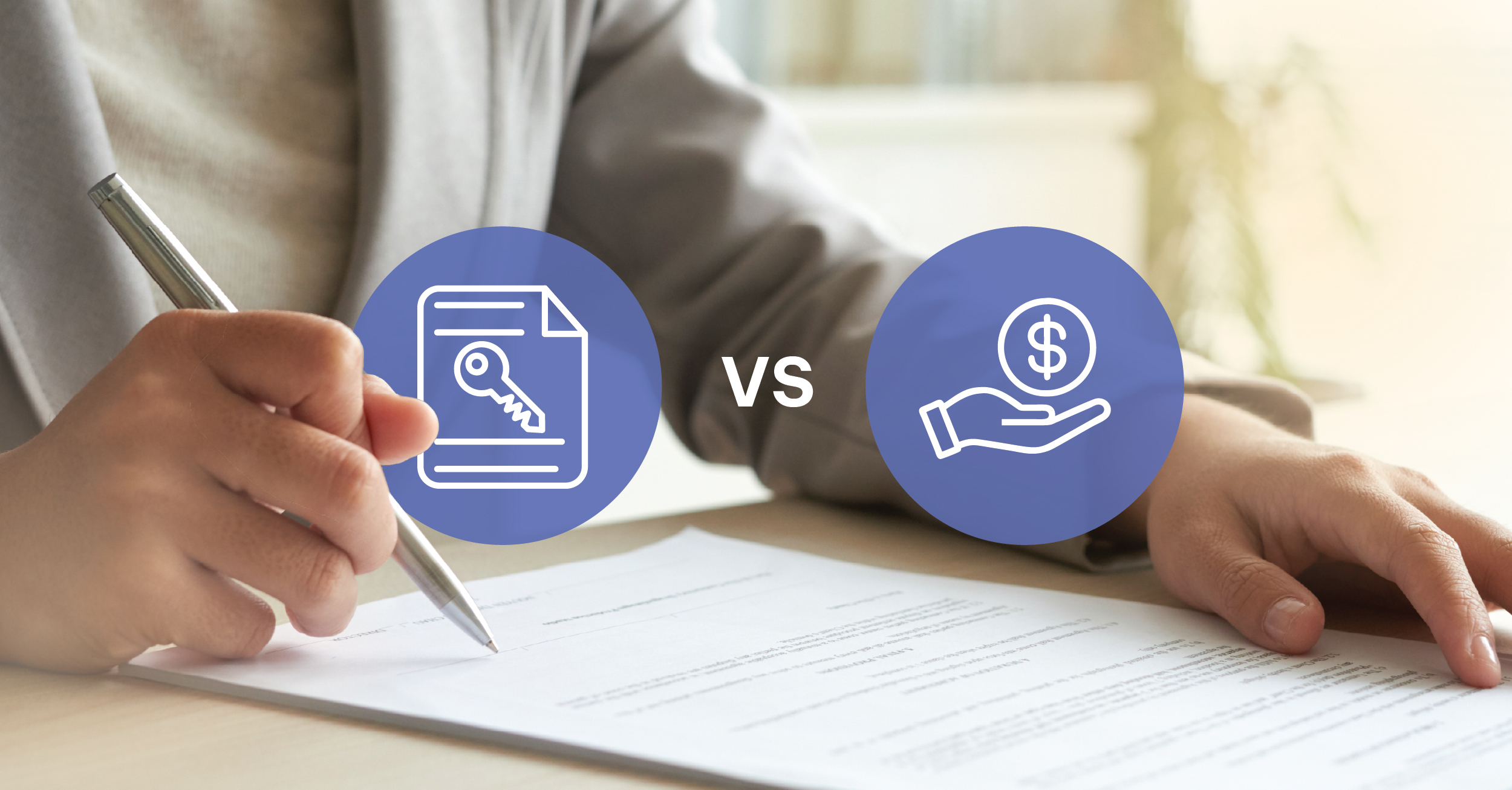Oct 30, 2025 8:14:59 AM |

Have you ever encountered the terms lessor and lessee and felt a moment of confusion? You're not alone. These two terms, which sound quite similar, are fundamental to understanding any lease agreement—whether it's for an apartment, a car, or even a piece of industrial equipment.
In the simplest terms, one of these parties provides an asset for temporary use, and the other is the party that uses that asset.
Understanding the distinction between these two roles is far more than just semantic. It is absolutely vital for anyone entering into a contract, and it forms the bedrock of how assets and liabilities are recorded in the world of business and accounting. Get ready to clear up any confusion—we're about to explore exactly who does what in the world of leasing.
Lessor Defined
The lessor is the party that owns an asset and grants another party the right to use it for a specified period in exchange for periodic payments. They are essentially the owner in the leasing arrangement.
Role and Responsibilities:
- Role: The owner of the asset (e.g., property, car, or equipment).
- Responsibility: To ensure the asset is available for the lessee's use and to fulfill any maintenance obligations as defined in the lease agreement.
Rights, Obligations, and Accounting Treatment:
- Rights: To receive timely rent or lease payments and to have the asset returned at the end of the lease term.
- Obligations: To maintain legal ownership of the asset throughout the lease duration.
- Accounting Treatment: The lessor typically records the stream of payments as revenue and keeps the leased asset on its balance sheet (unless it's an accounting "sales-type" or "direct financing" lease).
Examples of Lessors:
- Landlords who rent apartments or commercial spaces.
- Banks or leasing companies that finance and own vehicles or specialized equipment.
- Property management companies acting on behalf of an owner.
Lessee Defined
The lessee is the party that obtains the right to use an asset owned by the lessor in exchange for payments. They are the user or renter in the leasing arrangement.
Role and Responsibilities:
- Role: The temporary user of the asset.
- Responsibility: To make timely lease payments and to use and maintain the asset as stipulated in the contract, ensuring it is returned in the agreed-upon condition.
Rights, Obligations, and Accounting Treatment:
- Rights: The right to use the asset for the lease term without interference (the "right-of-use" asset).
- Obligations: The contractual obligation to make payments (the "lease liability") over the duration of the agreement.
- Accounting Treatment: Modern accounting standards (like ASC 842 or IFRS 16) require the lessee to record a Right-of-Use (ROU) Asset and a corresponding Lease Liability on their balance sheet for most long-term leases.
Examples of Lessees:
- Tenants renting an apartment or house.
- Businesses leasing office space, company vehicles, or heavy machinery.
- Consumers who lease a car instead of buying one outright.
Types of Leases
The distinction between a lessor and a lessee is further complicated by how a lease is classified, which determines the accounting treatment for each party.
Operating Lease vs. Finance Lease
- Operating Lease (True Rental): This agreement is a temporary rental where the Lessor retains the risks and rewards of ownership, and the lessee primarily accounts for the payments as a straight-line rent expense over the term.
- Finance Lease (Financing/Capital): This agreement functions as a financed purchase where the Lessee assumes most of the risks and rewards of ownership, and the lessee accounts for the expenses as separate interest and amortization charges.
Implications for Lessor and Lessee
- Lessee Implications (User):
- Operating: A single, straight-line lease expense is recognized on the income statement.
- Finance: Two separate expenses are recognized: Interest Expense and Amortization Expense, which are typically higher in the early years.
- Note: Under modern rules, both types require the lessee to record a Right-of-Use (ROU) Asset and a Lease Liability on the balance sheet.
- Lessor Implications (Owner/Financier):
- Operating: The lessor keeps the asset on its balance sheet, depreciates it, and recognizes payments as rental revenue.
- Finance: The lessor removes the asset and records a Lease Receivable (like a loan), recognizing payments as a reduction of the receivable and Interest Income.
Best Practices for Lease Agreements
A well-drafted lease agreement is essential to ensure clarity and protect both parties.
- Documenting Obligations: The contract must clearly define specific responsibilities for both the lessor and the lessee, including detailed payment schedules, maintenance duties, and insurance requirements, to prevent future misunderstandings.
- Mitigating Disputes: Always incorporate mechanisms like mediation or arbitration as a first step for conflict resolution, and clearly define penalties for early termination or failure to meet contractual obligations.
- Compliance Considerations: Both parties must understand and adhere to financial reporting rules (like classifying the lease as finance or operating) and comply with all applicable local, state, and national laws regarding property use and taxation.
Frequently Asked Questions
- What is the difference between a lessor and a lessee? The lessor is the owner of the asset who provides the right to use it, while the lessee is the party who pays to use the asset.
- Who is responsible for maintenance under a lease? Responsibility for maintenance and repairs is determined by the specific contract terms, but it is often assumed by the lessee in a finance lease and the lessor in an operating lease.
- How are leases recorded in accounting? Under modern standards, lessees must generally record most leases on their balance sheet as a Right-of-Use (ROU) Asset and a corresponding Lease Liability.
- Can the same entity be both lessor and lessee? Yes, in a sale-leaseback transaction, an entity sells an asset (becoming the lessee) and then immediately leases it back from the buyer (the lessor).
- What is a right-of-use asset? A right-of-use asset represents the lessee's legal right to control and use the leased asset for the duration of the lease term.
Conclusion
Understanding the difference between the lessor (the owner who grants use) and the lessee (the user who makes payments) is the fundamental starting point for navigating any rental contract. The lessor is responsible for the asset's ownership and major accounting, while the lessee is responsible for its temporary use, timely payments, and recording the related liability. Therefore, both parties must prioritize absolute clarity in their lease agreements—especially concerning financial obligations and maintenance duties—to ensure compliance and avoid costly disputes.
Suralink helps engagement teams perform lease procedures quickly and securely gather all necessary contracts and schedules from the client, centralizing documentation to accelerate testing of ROU assets and lease liabilities. Schedule a demo today!
Subscribe
Get out latest news and tactics that can help you and your business!
By clicking submit you agree to these terms and conditions.

